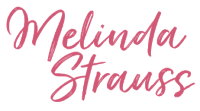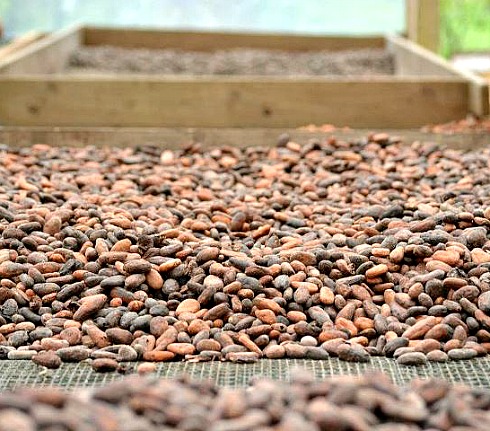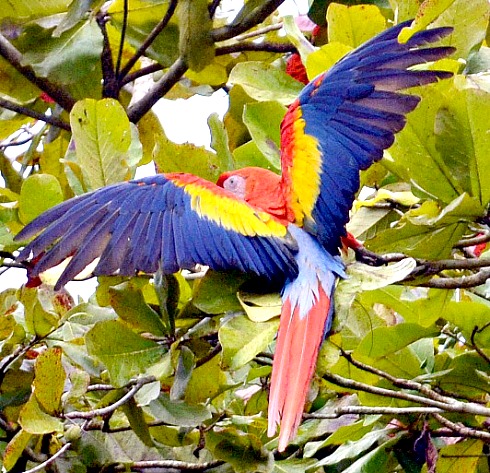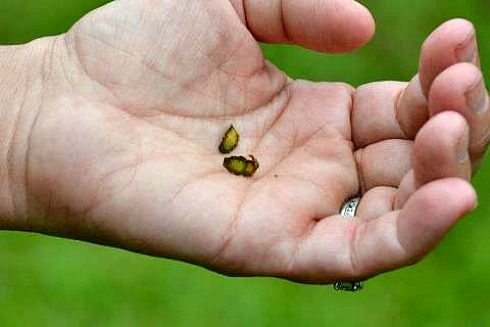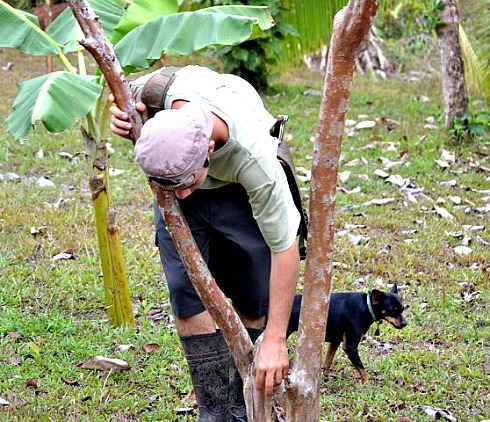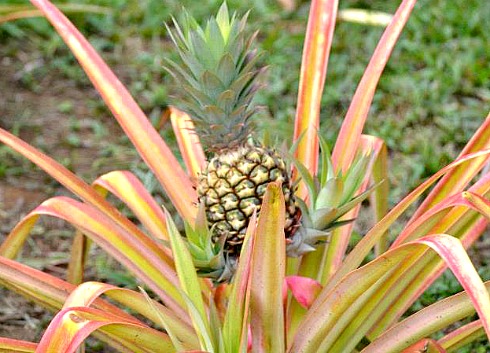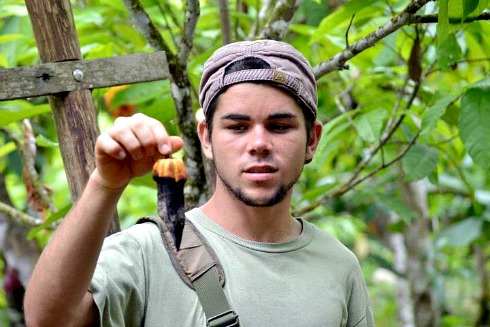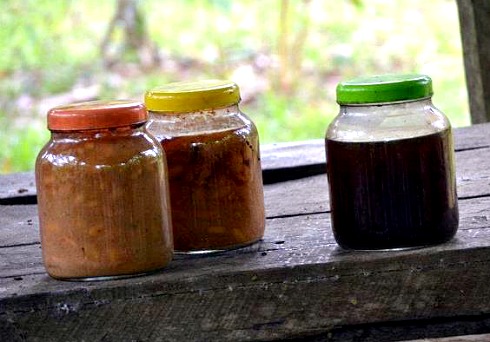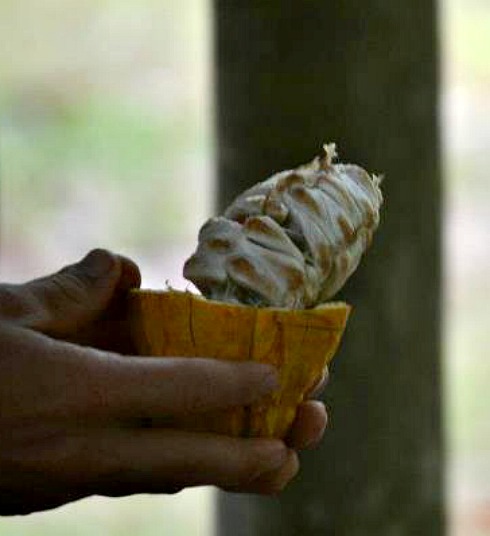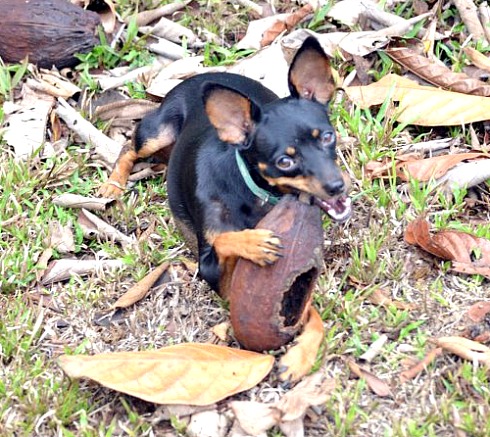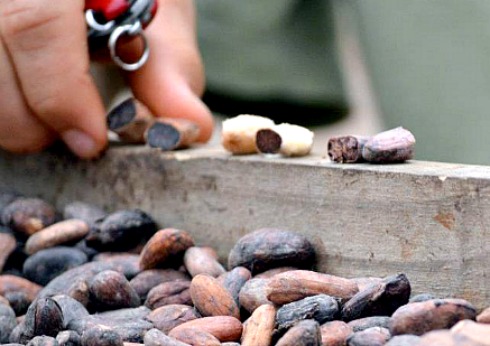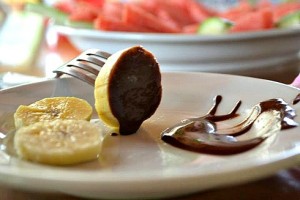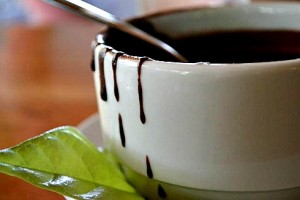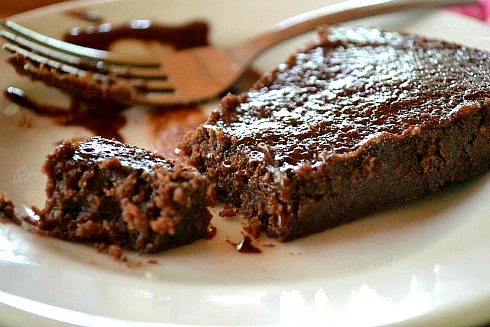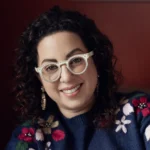As most of you know, I just got back from the most incredible vacation with my parents and sisters in Puerto Jimenez, Costa Rica. With one of the most complex eco systems in the entire world, I didn’t even get to see half of what Costa Rica had to offer in the three days that I was there but what I did get to see was absolutely amazing! We found four species of wild monkey in the luscious rainforest, fished for rooster fish on the Pacific, went horseback riding in the jungle and ate freshly caught tuna, snapper and grouper only hours after it came out of the ocean. Yum! But as a foodie, the best part of the vacation was our trip to the Finca Kobo Chocolate Plantation. In the only indigenous language on the Osa Peninsula in Costa Rica, Finca means “farm” and Kobo means “dreams”. Owners Alex and Jutta Retana Mena created their farm of dreams only eight years ago to create a model farm, where the conservation of the rainforest and sustainable agriculture can co-exist. So come with me on my tour of the Finca Kobo Cacao Plantation…
Firstly, I just have to say that it was REALLY hot in Costa Rica! Just wanted to put that out there. On entering the “farm of dreams”, I was immediately drawn to the sounds of the macaws squawking in the trees and the smells of the different trees and flowers growing all around. It really was like being in a dream!
After our young Spanish-speaking tour guide and the adorable translator gave us the basic run down on the tour, we were on our way! We began with the Cultivos Organicos, where they cultivate more than 6 species of bananas, starfruit, pineapple, maracuya, coffee, tuber, papayas, citrus fruit, and more! I still can’t believe they grow, depending on the season, more than 30 species of fruit and vegetables. We got to try tons of the delicious fruit, including two species of starfruit; sweet and sour. It was picked right off the tree and tasted as delicious as it looks! I actually preferred the sour starfruit, which I didn’t even know existed until last week.
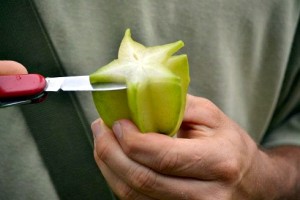
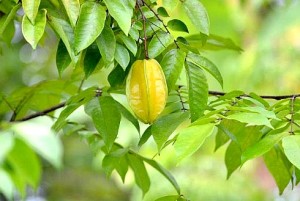 Our tour guide placed a piece of bark in each of our hands and made us guess what it was…I don’t think anyone got it right! Can you guess?
Our tour guide placed a piece of bark in each of our hands and made us guess what it was…I don’t think anyone got it right! Can you guess?
It’s cinnamon! Surprised? Turns out cinnamon grows as bark on a tree and when it peels off naturally, the farmers dry it in the sun until the ends curl. That’s how you get the dried cinnamon sticks that you purchase in your local grocery store. It’s really just bark from a tree! Here’s a photo of our tour guide picking up some cinnamon bark from its tree. Oh, and say hi to their adorable dog! He stayed with us for the tour.
We tried a few herbs such as mint and basil and tasted some really strong ginger! We learned about pineapples and saw some growing right there on the farm. Did you know that the pineapple we eat is engineered to turn yellow for a more appetizing look? Natural pineapple is actually white and takes a lot longer to grow! After a pineapple is picked, the bush can never grow another fruit but the stem is replanted to grow another one. Can it get any more sustainable?!?
After our fruit education, we walked through the plantation for a bit, learning about the purpose to each tree, bush and flower. Some of the land was natural to its location while other trees were planted for specific reasons. Some tall trees were planted to shade the smaller trees, giving them a chance to grow their fruits. Other trees were planted just to give animals a chance to roam and eat. It was all so natural and beautiful!
Of course, our most important stop on the tour was the Cacao Organico, where we learned all about chocolate! Okay, maybe I’m drooling a little! We first checked out the cocoa pod right on the tree, from its start as a tiny flower to its end as a full-grown pod. Tall trees were planted all around the cacao trees to create a lot of shade and humidity so that the pods could grow to their full potential. That means we were very hot and sweaty while we listened to our guides! Totally worth it.
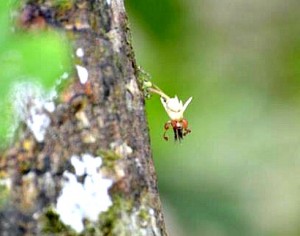
 We learned all about a very dangerous bacteria that killed 70% of cacao plantations in Costa Rica back in the 80’s. There is currently research being conducted in Panama, Peru, and Costa Rica to eradicate this disease with little success. Finca Kobo does everything it can to work around the bacteria while remaining completely natural, which is a major challenge for them. At this point, they produce only for their own needs and for visitors’ (like me). There are actually conspiracy theories that the disease was created in a lab to kill the competition. I hope I didn’t bore you with this information. I find it SO fascinating!
We learned all about a very dangerous bacteria that killed 70% of cacao plantations in Costa Rica back in the 80’s. There is currently research being conducted in Panama, Peru, and Costa Rica to eradicate this disease with little success. Finca Kobo does everything it can to work around the bacteria while remaining completely natural, which is a major challenge for them. At this point, they produce only for their own needs and for visitors’ (like me). There are actually conspiracy theories that the disease was created in a lab to kill the competition. I hope I didn’t bore you with this information. I find it SO fascinating!
Now it’s time to learn how to actually produce chocolate from the pod! Hooray! I’ve always wondered how someone figured out that this huge cacao pod could produce something as delicious as chocolate and I’ve finally learned how! The Mayans saw monkeys eating the beans from the pod so they decided to make wine from it! Yes, wine! While they were fermenting the beans for the liquid, they came upon chocolate completely by accident. What a happy mistake. We got a chance to smell the fermented wine and the scent reminded me of balsamic vinegar. Great for salads and cooking but not for drinking. Check out the stages of fermentation, which takes 4 days.
Our guide cut open a cacao pod for us so we could try the bean inside, pre-fermentation. You just suck on the fruit itself but don’t bite in to the bean! The fruit was delicious. Guess that’s why the monkeys were eating them.
Gotta love the farm dog chewing on a dried cacao pod! He was so cute.
Next, the fermented beans are placed in the sun to dry for a month. It was amazing that the beans actually smelled like chocolate as they dried! I could stay in that room all day.
The last part of the tour was tasting the pure bitter chocolate. No additives. Just cocoa. Our guide showed us how to grind the dried beans to a paste, which smelled like baked brownies but tasted so bitter that we could only take a tiny bite. What a cool experience to taste natural chocolate right from the pod. The gritty paste is either roasted in a pan or compacted in to shapes for storage.
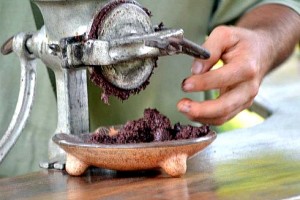
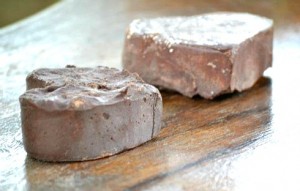 Then it was time to eat!  Fresh pineapple, watermelon, square bananas and plantains. And the chocolate. Oh, the chocolate. Pure sweetened liquid chocolate and dense chocolate cake, made right on the farm.
Then it was time to eat!  Fresh pineapple, watermelon, square bananas and plantains. And the chocolate. Oh, the chocolate. Pure sweetened liquid chocolate and dense chocolate cake, made right on the farm.
Best. Chocolate. Cake. Of. My. Life!
For more information on the chocolate tour and other exciting activities and lodging at the Finca Kobo plantation, check out FincaKobo.com.
